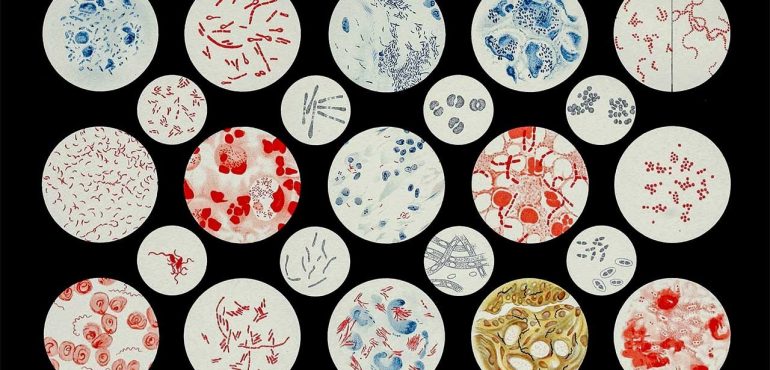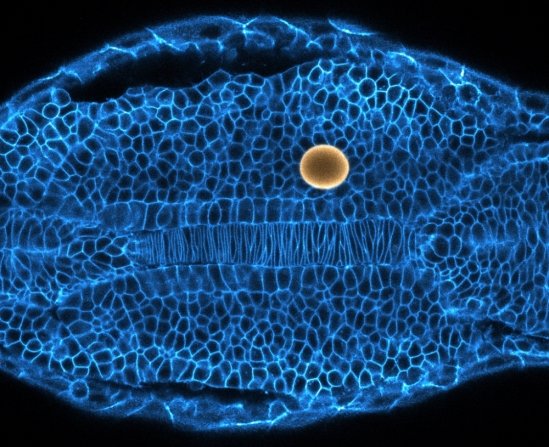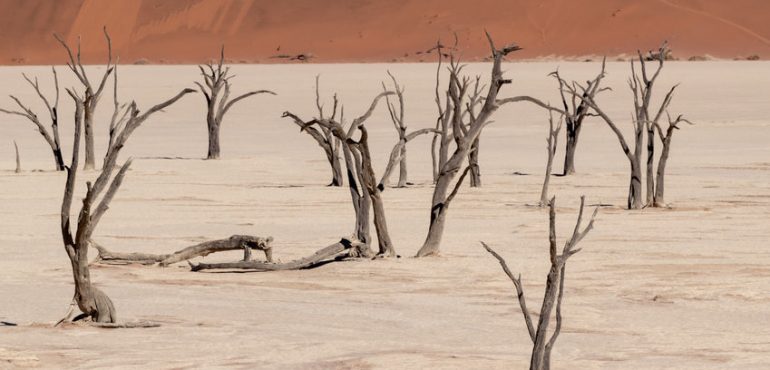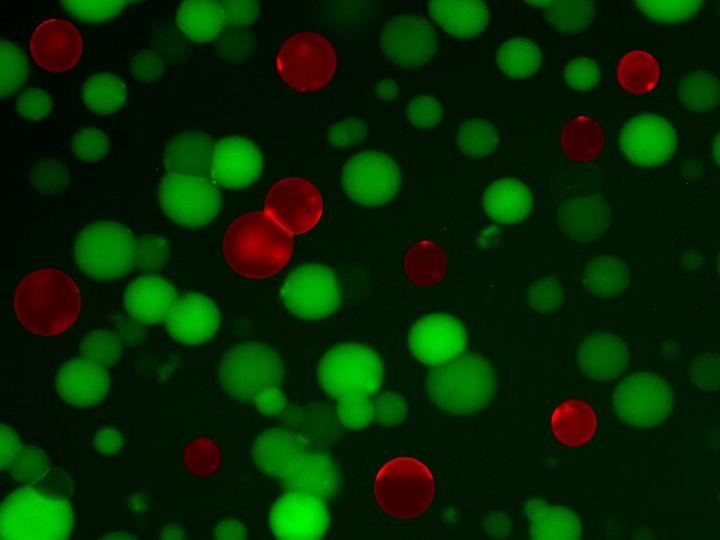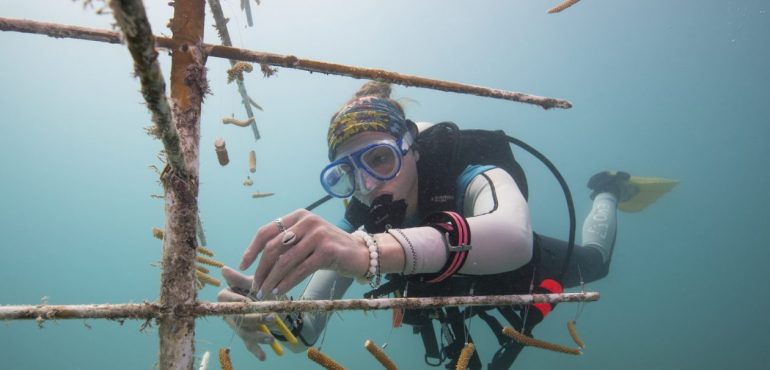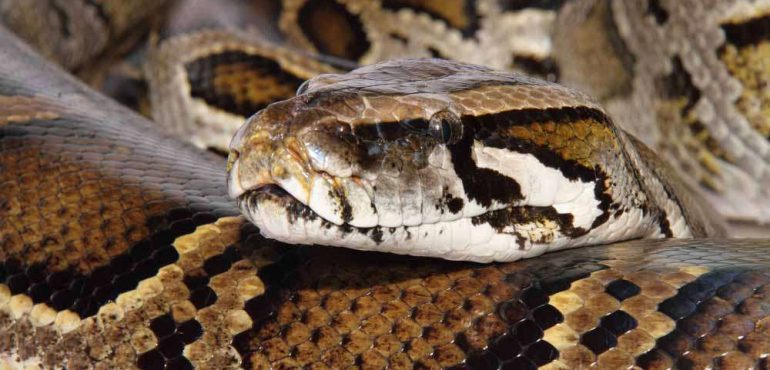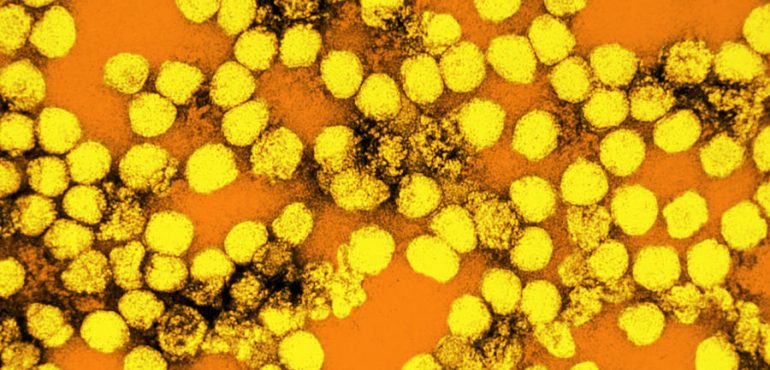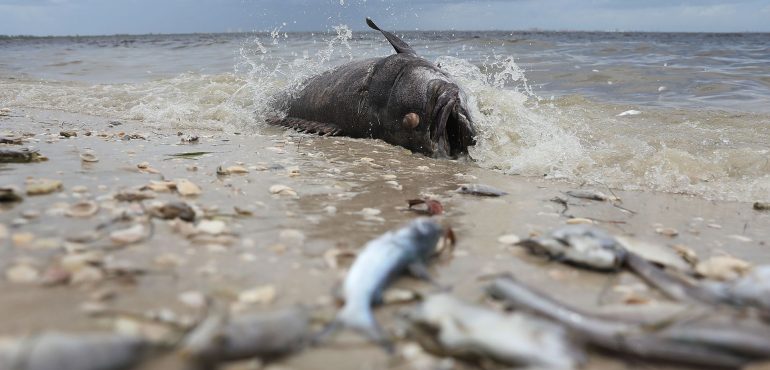Parents always worry about whether their children will do well in school, but their kids probably were born with much of what they will need to succeed. A new study published in npj Science of Learning by researchers from The University of Texas at Austin and King's College London explains the substantial influence genes have on academic…
Read more
Genes are key to academic success, study suggests



